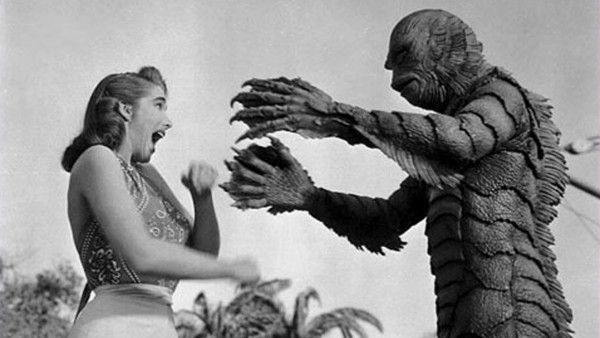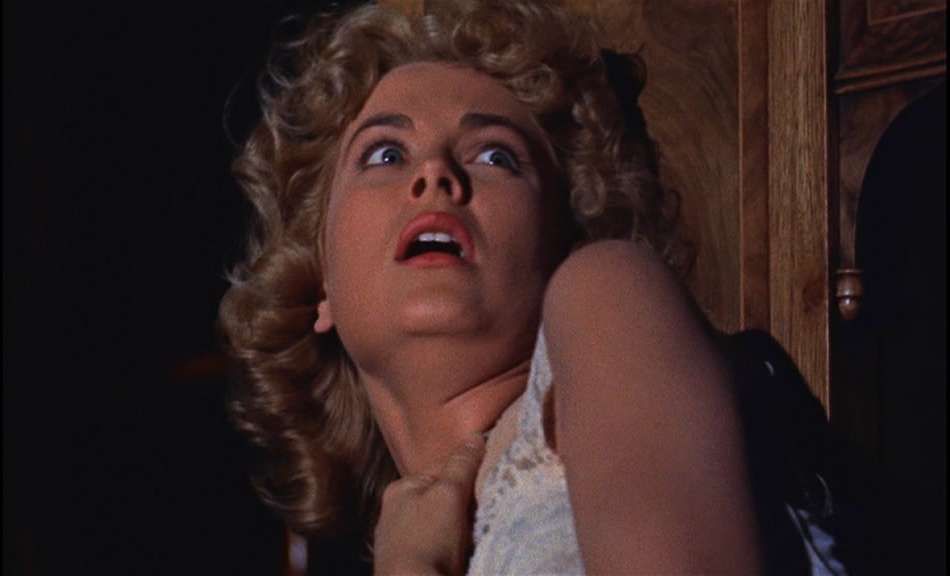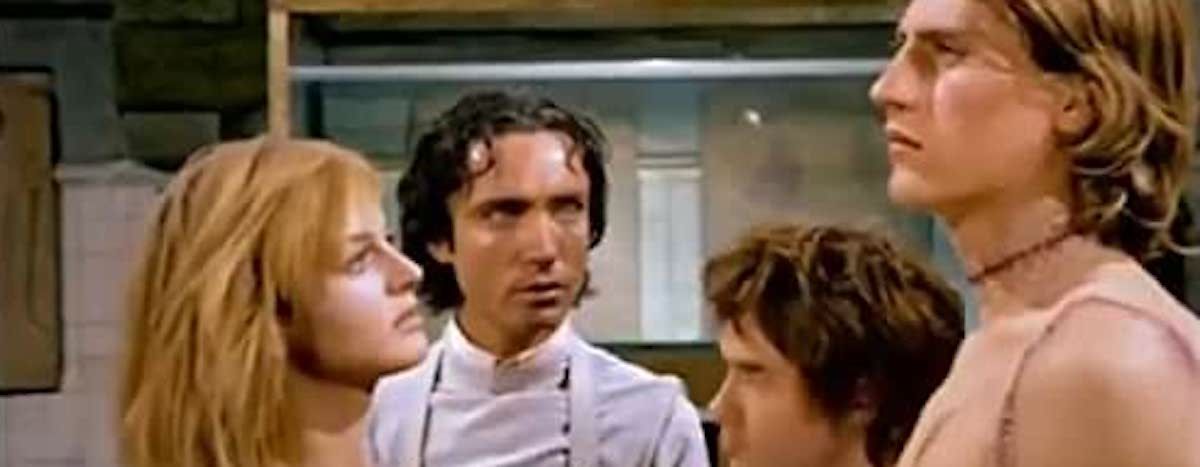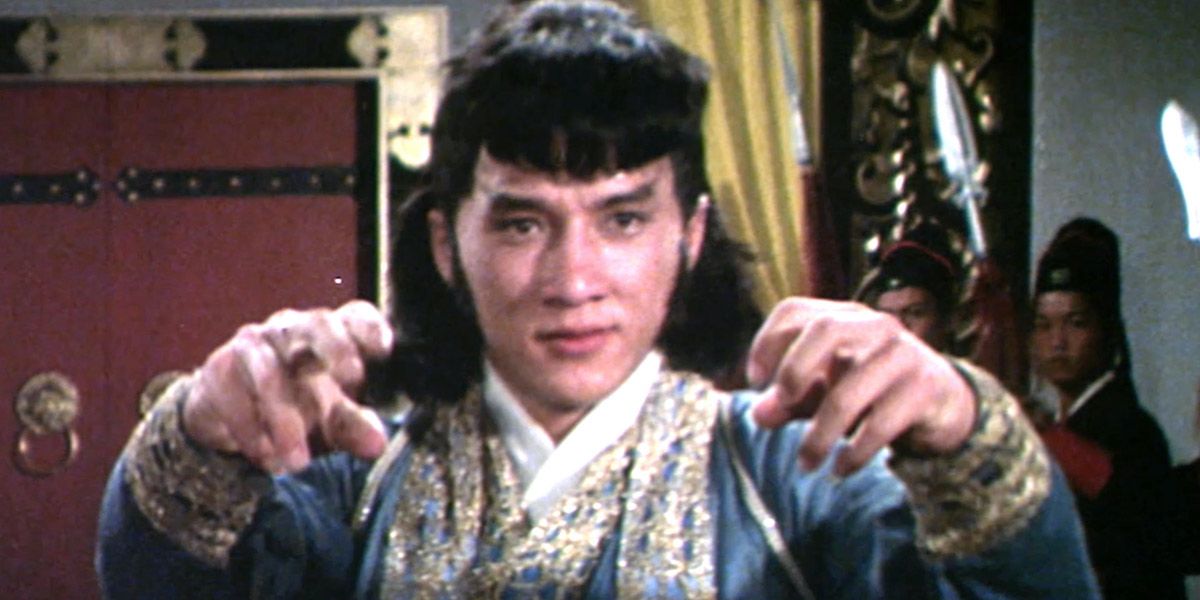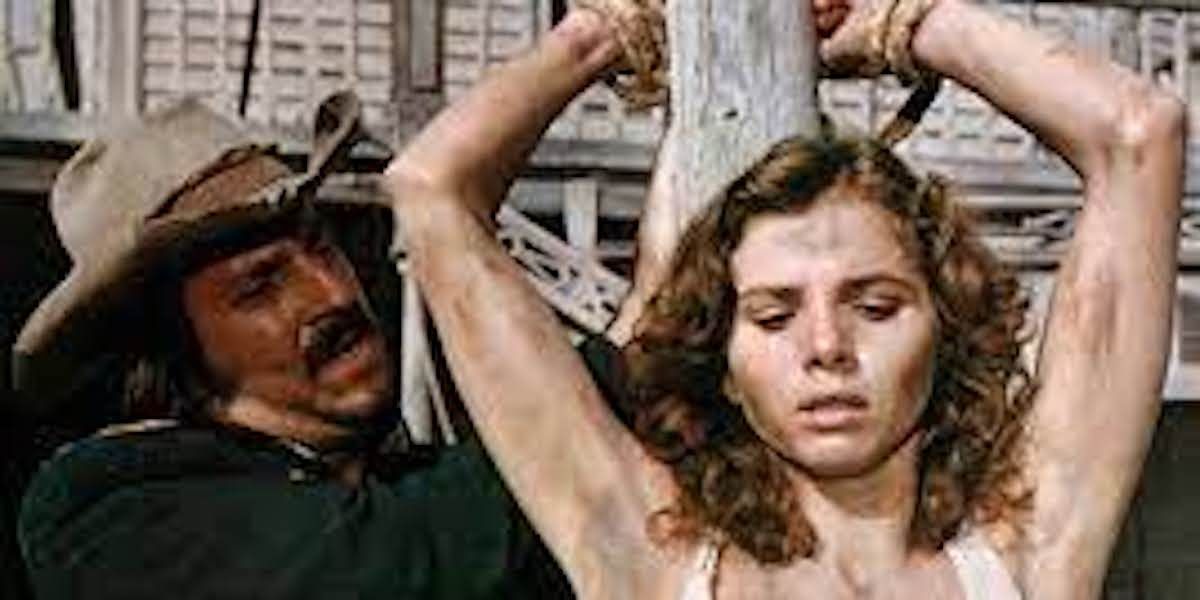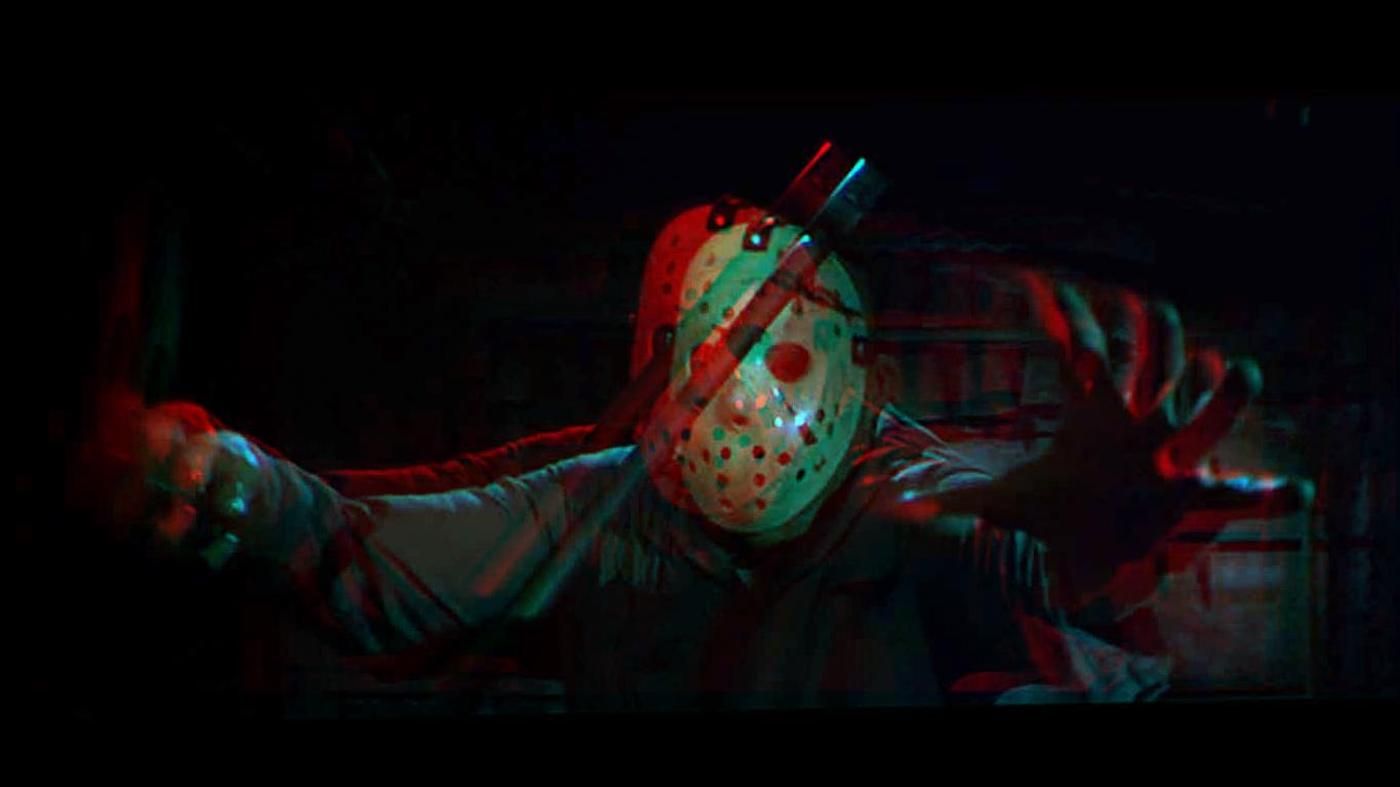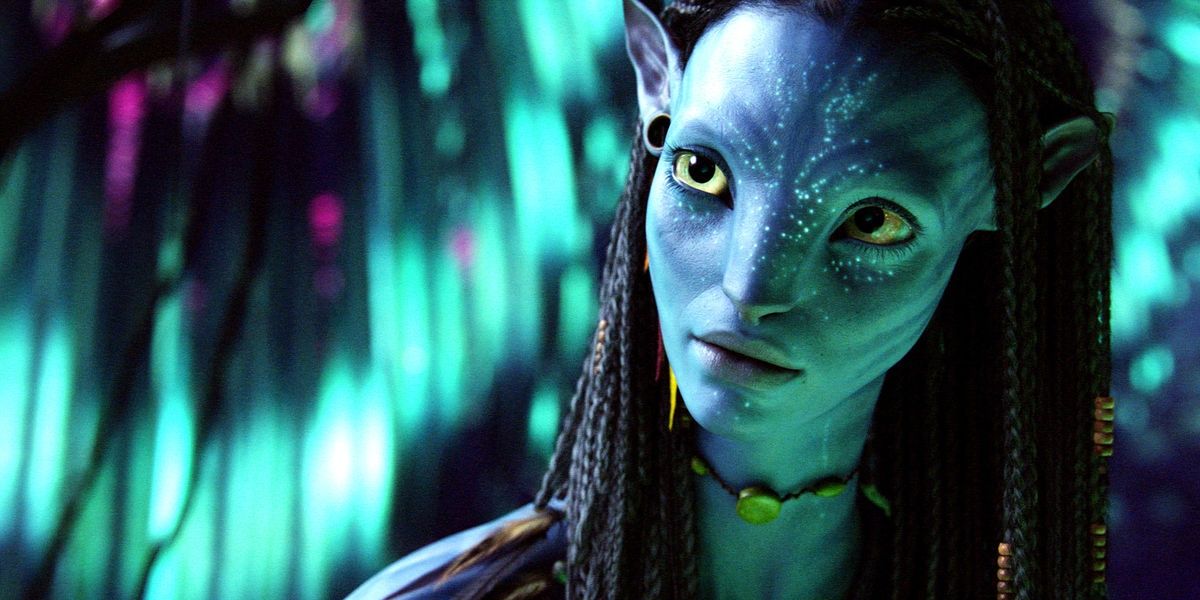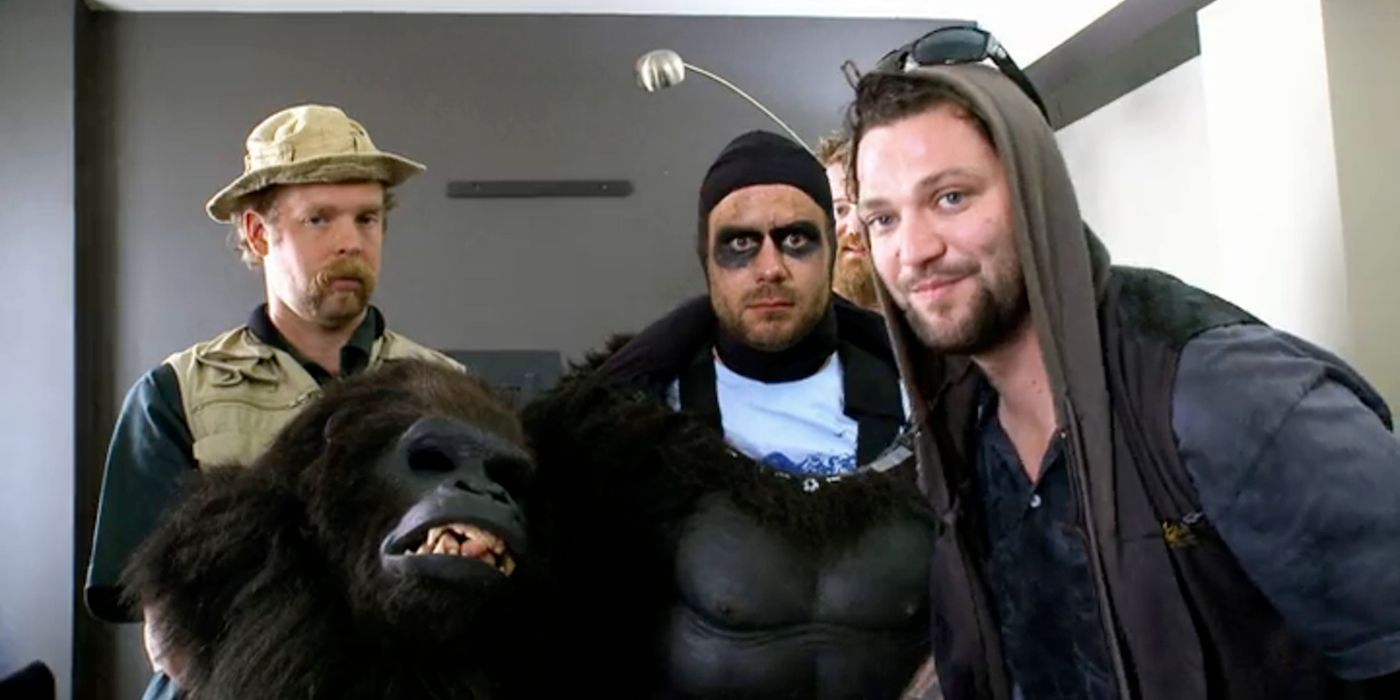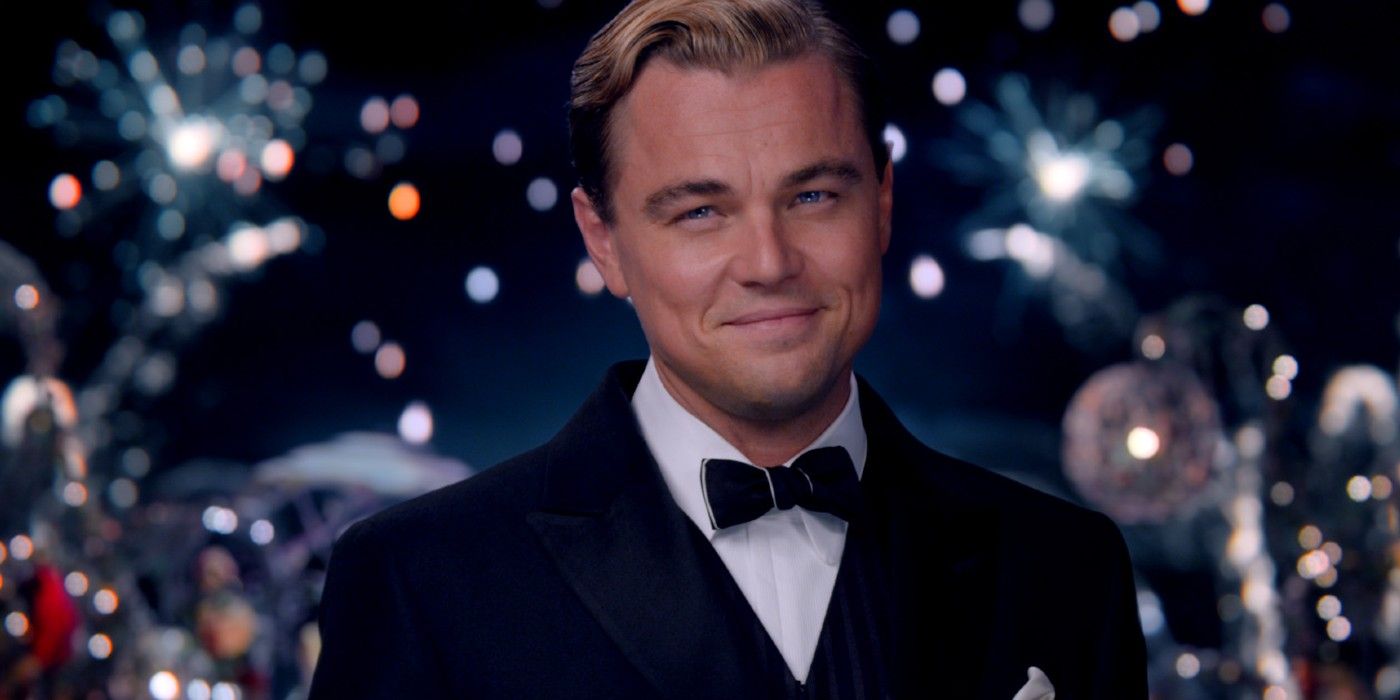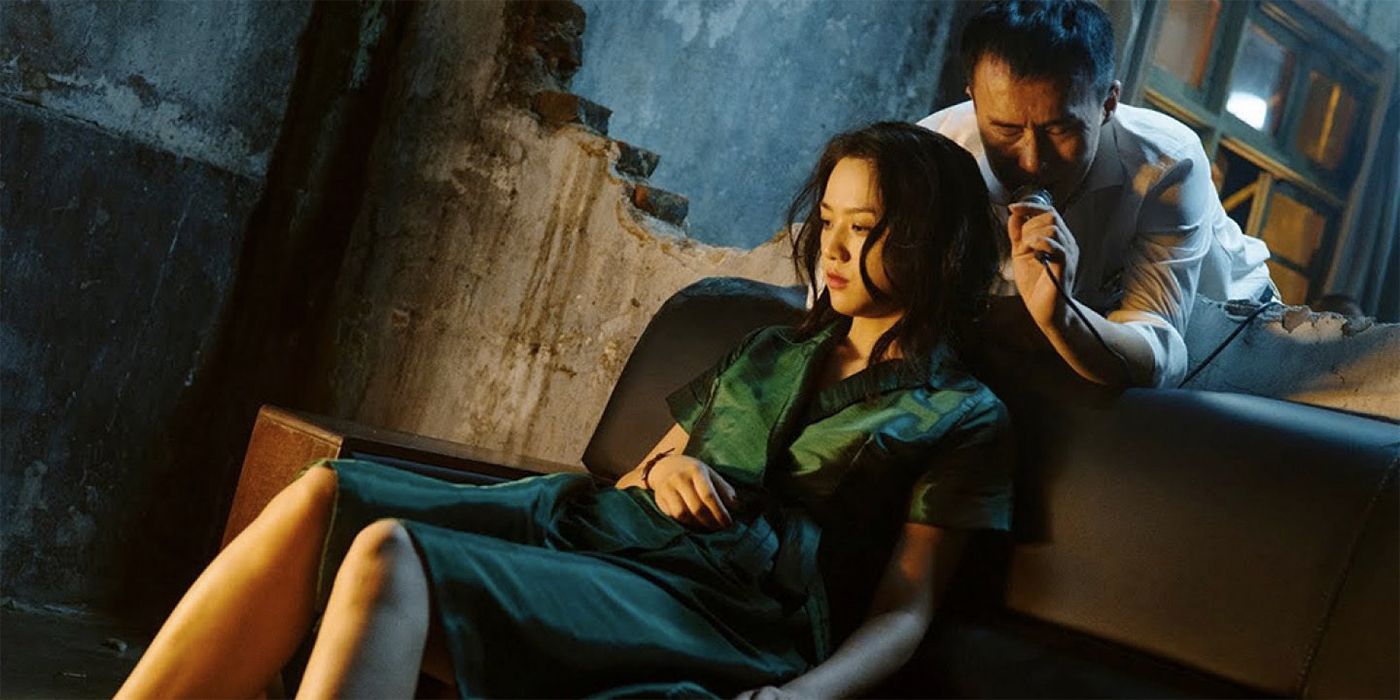Often ill-maligned as a mere contrivance to increase ticket sales, the use of 3D in cinema has functioned both as an authorial flourish in undisputed classics like Alfred Hitchcock's Dial M for Murder and cult icon Jack Arnold's Creature From the Black Lagoon, as well as an experiential technique in digital age genre fare and blockbusters like The Great Gatsby and Avatar. Although 3D tends to fall in and out of fashion with shifts in distribution and audience interaction, the persistence of the gimmick across film history demonstrates an aesthetic fascination with the technology beyond its role as a capitalistic fad. Focusing on films that were filmed in 3D for 3D projection, this chronological list reframes the 3D gimmick as a positive force for aesthetic expression while briefly historicizing the use of 3D in cinema with each entry.
House of Wax (1953)
Following in the footsteps of Bwana Devil, which is often considered the founding film of classical 3D, Andre De Toth’s bone-chilling Vincent Price vehicle House of Wax overtly applies the use of 3D to the horror genre, which would tie the gimmick to genre cinema for decades to come. Although the use of 3D was primarily a method for exhibiting filmic flourishes unrelated to the plot like a paddle ball and a kick line, the culminating use of 3D in the sequence of the fire in the museum gestures towards the immersive aspects of 3D that would gain traction as more sophisticated technology would arise, as the melting figures and flickering flames ensconce the screen with horrific visions worthy of the rest of the film.
Creature From the Black Lagoon (1954)
While House of Wax charmingly shows its age with its rudimentary dabbling in three-dimensional cinematography, the atmospheric manifestation of 3D in Jack Arnold’s classic Universal monster movie remains one of the most alluring examples of the technology in cinema history. Mobilizing a 3D visual as a method of demystifying the exotic vistas in which the titular creature lives, Arnold’s use of 3D carries an equal symbolic power as it does an aesthetic enhancement, implicating the audience in the exotification of jungle terrain and other colonial spaces. Although Val Lewton films such as The Leopard Man and I Walked with a Zombie would begin to intentionally investigate these themes a decade earlier, Arnold’s application of 3D to a post-colonial spectacle remains a crowning achievement of 1950s genre cinema.
Dial ‘M’ for Murder (1954)
Acutely aware of the ability for cinema to manipulate audiences into affective reactions, Alfred Hitchcock’s sole directorial dabbling 3D technology stands out as one of his most exhilarating and entertaining thriller entries in the 1950s. Placed historically between the meta-cinematic prowess of Rear Window and the masterful elusiveness of Vertigo, Dial M for Murder serves as a delightfully macabre exercise in 3D filmmaking even as the 1950s 3D boom was on its way out.
Flesh for Frankenstein (1973)
Produced by Andy Warhol as he was concluding his now-iconic Factory period, Flesh for Frankenstein is one of the few 3D films of the 1970s. While the prevailing winds of the American film industry were blowing towards gritty realism and character pieces, this genre-focused Italian co-production allowed Warhol and director Paul Morrissey to manipulate the gimmick as a manifestation of subversive filmmaking, as most of 3D gags were centered on shocking images of sexual expression and violent destruction. By emphasizing the typical perception of 3D as an object of “bad taste,” Warhol and Morrissey allow 3D to reach new heights of artistic expression and sociocultural critique.
Magnificent Bodyguards (1978)
Rendered as a beautifully balletic celebration of the human body in motion, Magnificent Bodyguards employs 3D to highlight the incredible stunt-work of action icon Jackie Chan. Blending an over-the-top martial arts plot with music stolen from the original Star Wars, this film stands apart both as a textual oddity from the end of kung fu cinema’s golden age and as an exhilarating vehicle for Jackie Chan’s budding star power.
Comin’ At Ya! (1981)
Blending the narrative tropes of the western genre with the cinematic trickery of 3D when both were waning in popularity, Comin’ at Ya! brilliantly leans into the absurdity of 3D visuals to craft a cult western that celebrates aesthetic excess. Through immersive sequences of in-your-face shootouts and glorious shots of gold mines that cascade off-screen, this late-era spaghetti Western predates the 3D renaissance of the 1980s and transcends most of the films to follow in its path on the grounds of visual inventiveness, remaining one of the most underrated entries in the 3D canon to this day.
Friday the 13th: Part III (1982)
Perhaps the most iconic three-quel of the 1980s, Friday the 13th: Part III transcends the typical categorization of 3D horror sequels through a crescendo of excellent visual tricks and a dynamic narrative, brilliantly melding screen-bursting axe-slashing with essential character development for franchise favorite Chris Higgins, played by Dana Kimmell. Although the film primarily works to provide greater context for the far superior Friday the 13th: Part IV — The Final Chapter, Friday the 13th: Part III provided plenty of proof for the financial and aesthetic merits of 3D technology, as the film made over 36 million dollars on a two-million-dollar budget.
Avatar (2009)
Although James Cameron’s 3D opus has understandably received backlash for its bloated narrative and over-simplified engagement with environmentalism, the computer-generated world of Pandora remains one of the most groundbreaking and breathtaking science-fiction creations in recent film history. Maximizing the spectacular possibilities of 3D cinema through vibrantly colored landscapes and majestic mystical creatures, Avatar helped launch the 3D renaissance of the 2010s, an equally immersive land at Disney Parks, and a series of sequels yet to be seen.
Jackass 3D (2010)
While Avatar sought to transform 3D filmmaking into a method of narrative immersion beyond the trickery of early cinema, Jackass 3D functioned as an irreverent return to form with playful in-camera gags more reminiscent of the paddle ball and can-can antics of House of Wax than the digital world building of its contemporaries. From canon fire and catapulting porta-potties to taser mazes and bull fights, Jackass 3D hilariously blends slapstick stunts with bombastic screen-busting imagery to craft a cult comedy classic for the ages.
The Great Gatsby (2013)
Although his take on the Great American Novel was incredibly divisive for its use of contemporary music and a digitally crafted setting in 1920s New York, Baz Luhrmann’s expressionistic use of three-dimensional cinematography provided both an entry point into the director’s interpretation of “Roaring Twenties” excess and a tonal touchstone into the bold melodrama that characterizes Gatsby’s tragic story. Rather than utilizing 3D to simply show-off popped champagne corks or fast cars flying across the screen, Luhrmann employs the device as a method of narrative immersion into the textures of Gatsby’s world, allowing the emotional arc of each character to literally and metaphorically leap off of the screen for the spectators to experience.
Long Day’s Journey into Night (2018)
Following a nearly hour-long 2D introductory story about a man returning to his hometown after years away, Bi Gan’s haunting art house film Long Day’s Journey into Night abruptly transforms into a 3D single-take film-within-a-film. By leaving the two-dimensional “real” world of the protagonist to enter a three-dimensional “dream” world, Bi Gan utilizes 3D cinematography to convey the ebb and flow of personal memories, reinterpreting the role of 3D as a philosophical device to reflect on interior emotions rather than external expression. Through this subversive use of 3D, Long Day’s Journey into Night moved 3D technology from the blockbuster mode into the space of art cinema, pointing to a possible future for the gimmick in the realm of high art in addition to populist cinema.


-3.jpg)
